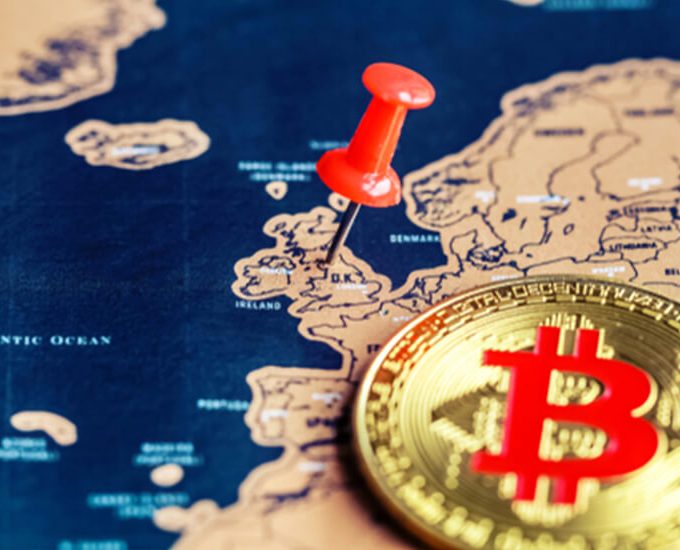In the innovative world of fintech, few developments have created as much buzz as Decentralized Finance (DeFi). DeFi is a transformative approach that leverages blockchain technology to create an open-source, permissionless, and transparent financial service ecosystem. This article explores the concept of DeFi and its potential impact on the financial ecosystem.
Decentralized Finance (DeFi) Explained
DeFi stands at the intersection of blockchain technology and financial services, disrupting traditional financial systems by democratizing access to financial products. It aims to replace centralized financial systems and intermediaries such as banks, insurance companies, and loan providers with decentralized, digital alternatives.
Utilizing Ethereum’s smart contracts, DeFi platforms can automate complex financial transactions, from lending and borrowing to insurance and asset trading. Users can interact with these platforms directly, without intermediaries, via DApps (Decentralized Applications).
How DeFi is Shaping a New Financial Ecosystem
1. Democratizing Finance
DeFi’s primary advantage lies in its accessibility. Traditional financial systems often exclude unbanked or underbanked populations due to geographical barriers, lack of formal identification, or the inability to meet minimum account balances. DeFi can circumvent these barriers, enabling anyone with an internet connection to access financial services.
2. Enhancing Financial Transparency
DeFi platforms operate on blockchain technology, ensuring transparency and audibility of all transactions. This public ledger allows users to verify transactions and trace funds, reducing the potential for fraud and increasing trust in the system.
3. Offering Interoperability
Interoperability, or the ability for different DeFi platforms to interact, opens the door for a plethora of financial services. Users can seamlessly move their assets from one DeFi platform to another, crafting a customized financial ecosystem that suits their needs.
4. Fostering Innovation
DeFi’s open-source nature encourages continuous innovation. Developers can build upon existing protocols to create new services and platforms, fostering a competitive environment that drives improvement and growth.

Navigating the Risks and Challenges
However, as exciting as the DeFi landscape might be, it’s essential to recognize the associated risks and challenges. The nascent nature of the DeFi sector means it operates in a regulatory gray area, with the potential for illicit activities.
Further, the complexity of smart contracts and rapid development of new protocols can lead to bugs and vulnerabilities. The 2020 thefts from the bZx and Balancer platforms highlight these security concerns.
The Future of DeFi
DeFi’s potential to democratize finance and foster financial inclusion is undeniable. However, to mitigate risks, there needs to be a balance between regulation and innovation. Regulatory frameworks must evolve to provide consumer protection, while still allowing for the technological advances that drive DeFi forward.
The future of DeFi depends on how effectively the industry can navigate these challenges. If successful, DeFi could potentially herald a new era in finance, disrupting traditional models and creating a more accessible, transparent, and efficient financial ecosystem.


















